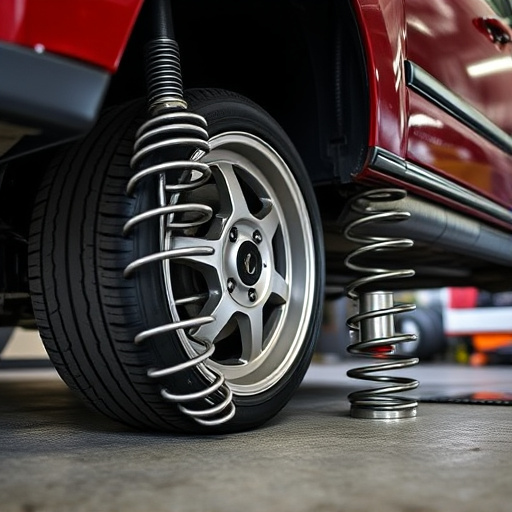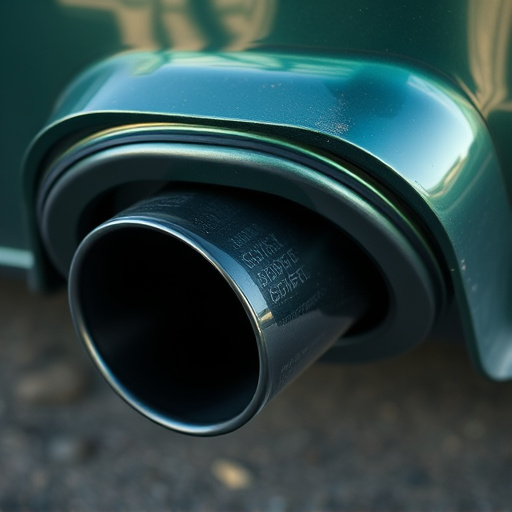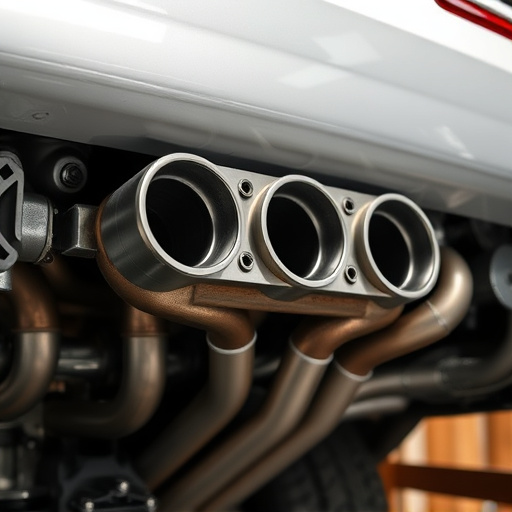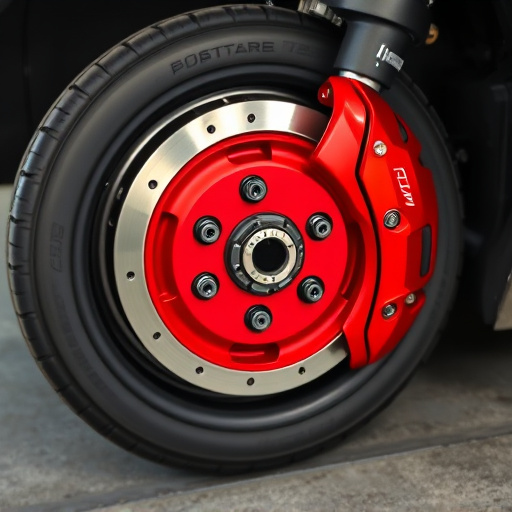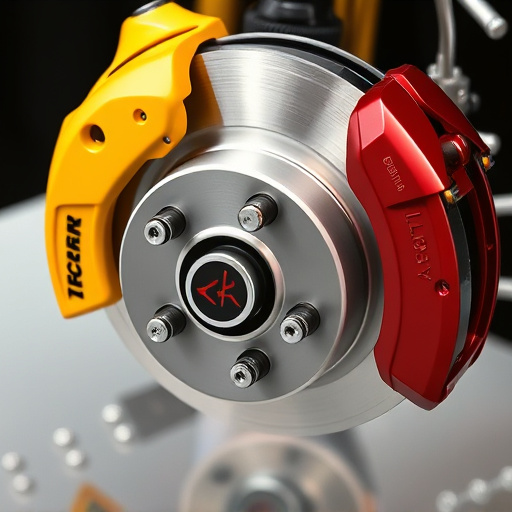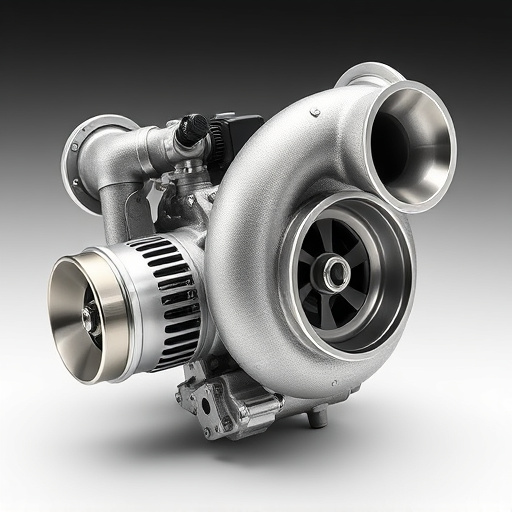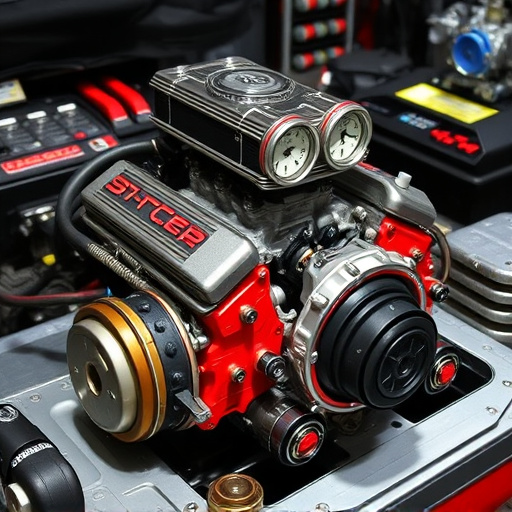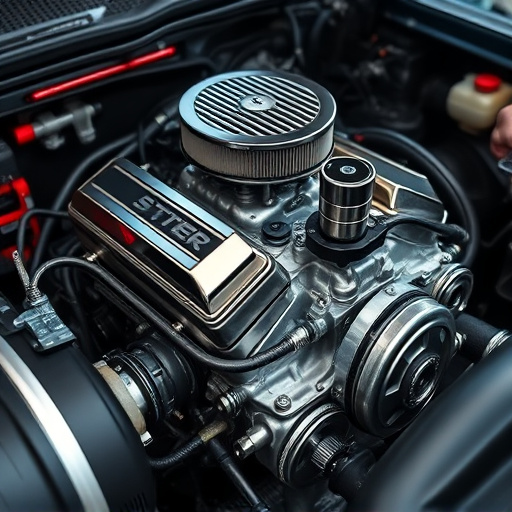Anti roll bars (ARBs) are crucial automotive components that significantly enhance vehicle stability and cornering ability by minimizing body roll during turns. They achieve this through flexible rods connecting upper control arms on opposite sides, allowing differential wheel movement while resisting rolling motions. ARBs optimize weight transfer, improve traction and grip, enhance steering precision, and provide better control in various driving conditions, ultimately transforming handling dynamics for a more secure and responsive driving experience.
Anti roll bars (ARBs) are essential components that significantly enhance vehicle stability and handling. By managing body roll during cornering, ARBs contribute to better grip and improved control. This article delves into the fundamental role of anti roll bars in distributing front-rear grip, offering a balanced driving experience. We’ll explore how these key components work, highlighting their impact on both stability and performance.
- Understanding Anti Roll Bars: Key Components Explained
- How Anti Roll Bars Enhance Vehicle Stability and Handling
- Balancing Act: Role of Anti Roll Bars in Front-Rear Grip Distribution
Understanding Anti Roll Bars: Key Components Explained
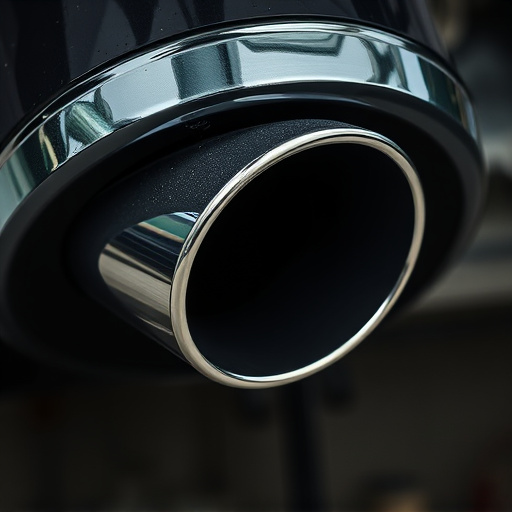
Anti roll bars, a staple in vehicle suspension systems, play a pivotal role in enhancing both stability and handling. These crucial suspension components work by minimizing body roll during cornering, thereby improving vehicle performance and driver control. At its core, an anti roll bar consists of a flexible or semi-rigid rod that connects the upper control arms on opposite sides of the vehicle. This configuration allows for differential movement between the front and rear wheels while resisting unwanted rolling motions.
The bars are designed to absorb and transfer energy generated during cornering, keeping the body upright and maintaining optimal contact with the road surface. This not only reduces body lean but also improves overall vehicle balance, much like exhaust mufflers silence engine noise without compromising power. By optimizing vehicle performance and reducing body roll, anti roll bars contribute significantly to enhanced driver safety and a more responsive driving experience.
How Anti Roll Bars Enhance Vehicle Stability and Handling
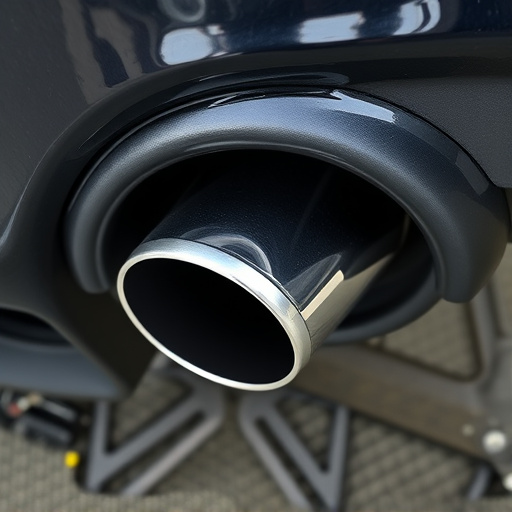
Anti Roll Bars (ARBs) are critical components that significantly enhance vehicle stability and handling on both straight lines and corners. By connecting the front and rear suspension systems, ARBs reduce body roll during cornering, ensuring a flatter chassis orientation. This direct connection between opposite wheels allows for better weight transfer management, which is key to maintaining traction and grip.
Moreover, the efficient distribution of forces through anti roll bars improves steering precision and responsiveness. This is particularly beneficial when navigating challenging terrains or executing sudden evasive maneuvers. Unlike systems that solely rely on brake rotors and cold air intakes for stability, ARBs actively manage body motion, enhancing overall vehicle control without compromising performance. The result is a more balanced drive experience, where drivers feel secure and in command of their vehicle’s movements.
Balancing Act: Role of Anti Roll Bars in Front-Rear Grip Distribution
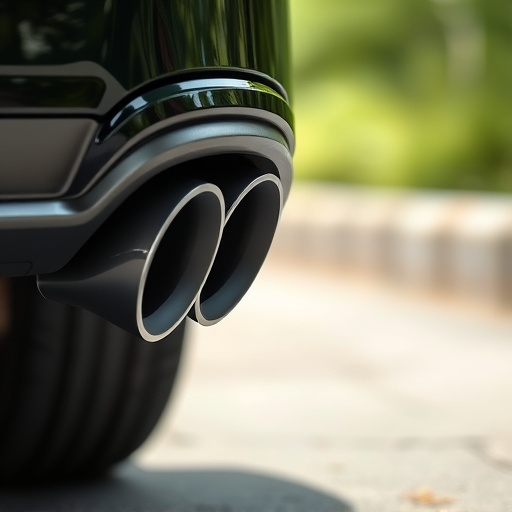
Anti roll bars are a fundamental component in automotive design, playing a pivotal role in enhancing vehicle stability and grip, especially during cornering. Their primary function is to reduce body roll by resisting the rotational motion of the wheels, thereby ensuring better contact with the road surface. This is particularly crucial for maintaining balanced grip between the front and rear wheels, which is essential for handling and safety.
In vehicles, the front and rear axles experience different forces when navigating turns, creating a delicate balance act. Anti roll bars counteract this by transferring energy from one side of the vehicle to the other, minimizing the difference in wheel load transfer. This distribution prevents excessive weight shift, allowing each set of wheels to grip effectively. As a result, drivers gain improved control, making cornering more precise and responsive. Upgrading to high-quality anti roll bars, combined with other performance enhancements like coilover kits and exhaust tips, can significantly transform a vehicle’s handling dynamics.
Anti roll bars, as a fundamental automotive component, play a pivotal role in enhancing vehicle stability and handling. By strategically managing front-rear grip distribution, these bars enable better cornering, improved traction, and overall enhanced safety on both dry and wet roads. Understanding the balancing act performed by anti roll bars is key to appreciating their significance in modern vehicle design, ensuring drivers experience smooth, controlled rides with optimal performance.
